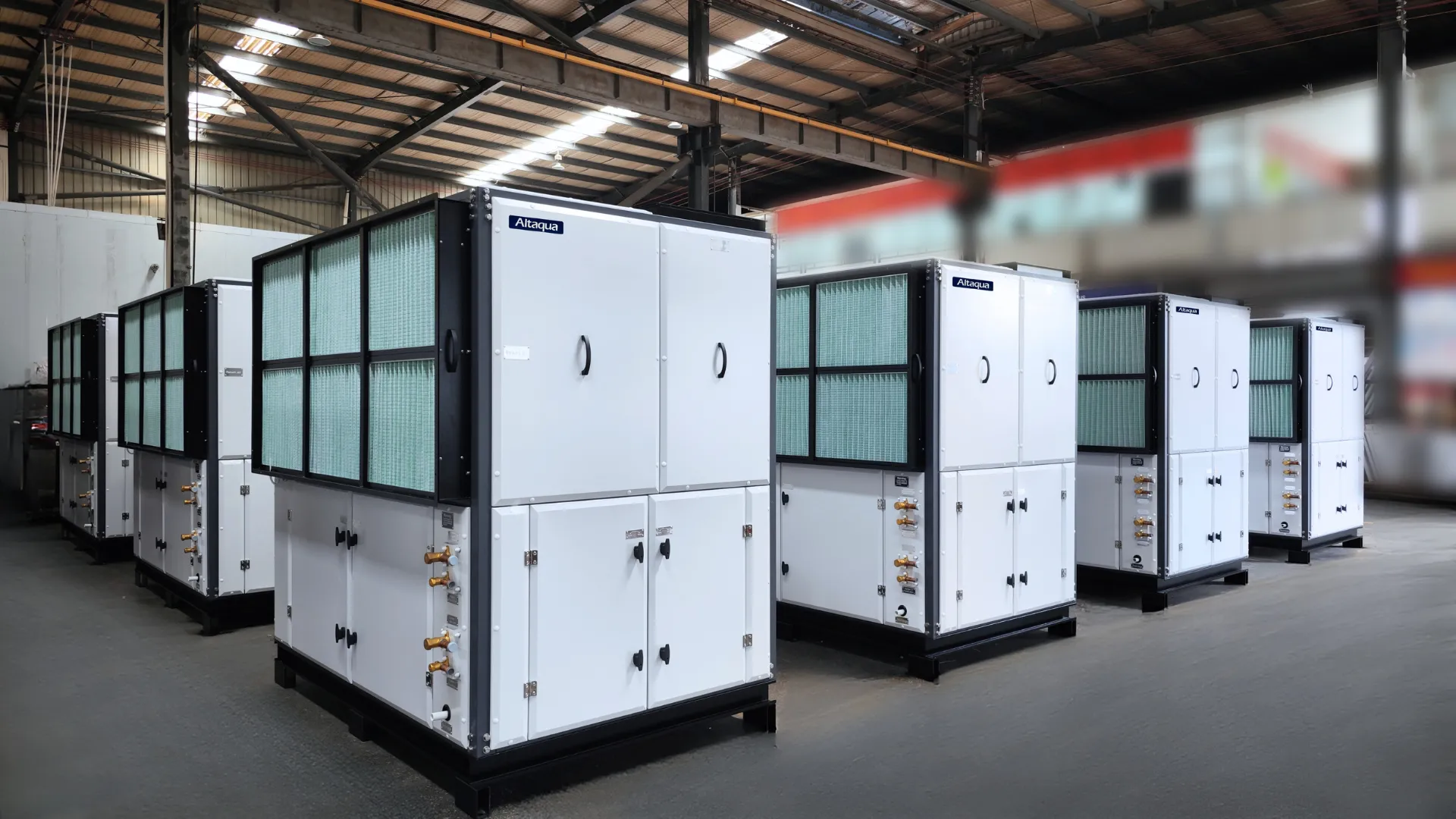Energy Efficient Grow Room HVAC
Maximize Yields While Reducing Operating Costs
Optimize Your Harvest Through Climate Control Expertise
Get a QuoteGrow Room HVAC FAQ
As more growers aim for higher-quality cannabis cultivation, environmental control is becoming a key factor that affects both yield and quality. Grow Room HVAC System is an essential tool for maintaining a stable environment, and it has become an important investment that cannot be ignored.
As a professional manufacturer of Grow Room HVAC systems, we are committed to providing clear and easy-to-understand information. We help growers quickly understand the value of the system and make informed decisions. Below is our grow room HVAC FAQ based on common questions from cannabis growers.
If you have further questions beyond these FAQs, our expert team is readily available to provide timely responses to ensure your cultivation success.
1. What Problems Can Poor Temperature and Humidity Control Cause in a Grow Room?
Poor control of temperature and humidity can lead to mold, powdery mildew, and other diseases. It also attracts pests like mites, which seriously affect crop health. Environmental fluctuations can slow plant growth, cause deformities, and reduce the synthesis of THC and CBD, leading to lower quality.
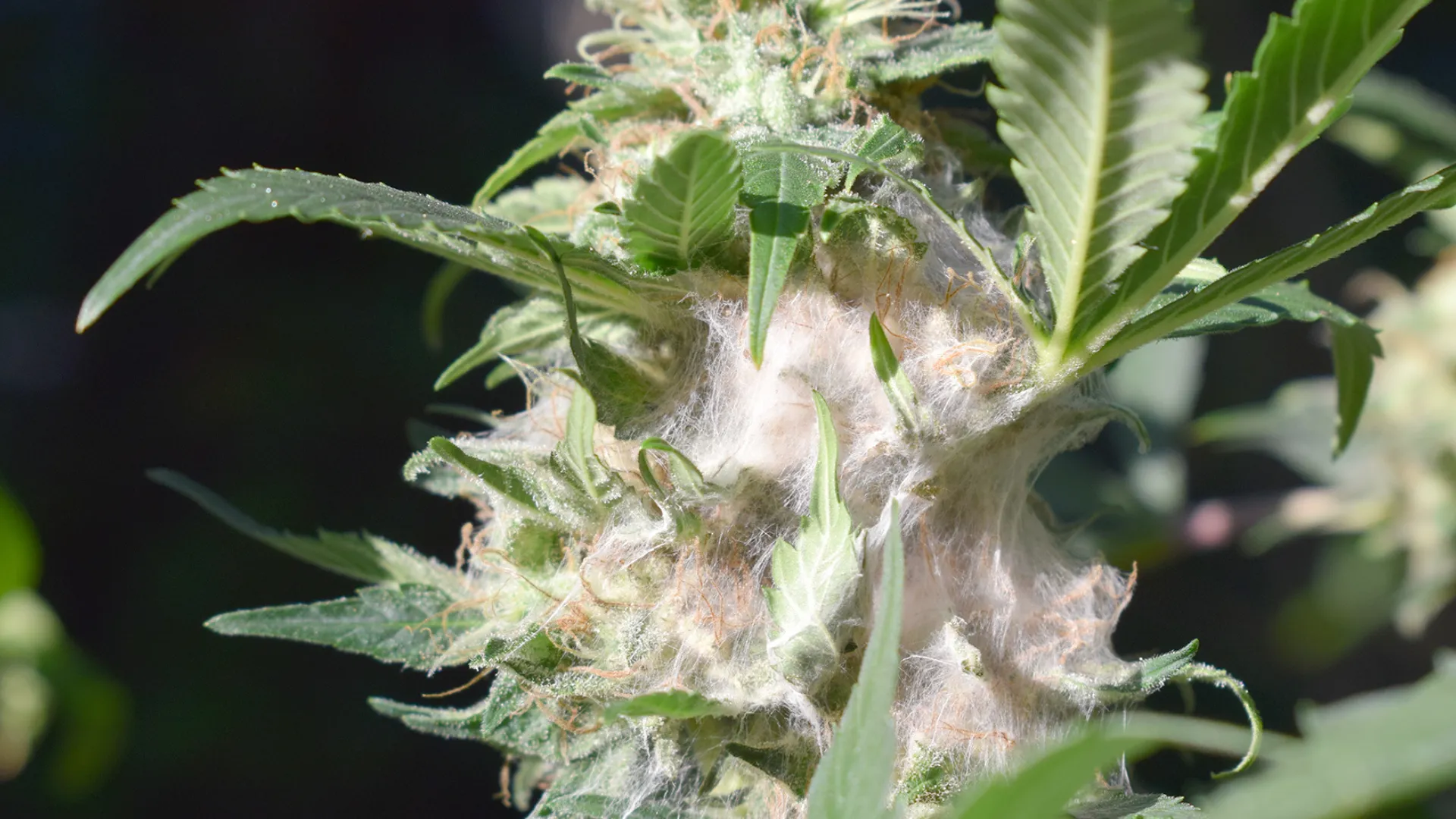
2. How to Prevent Pests and Diseases in My Grow Room?
The key to preventing pests and diseases is stable control of temperature and humidity. Keeping these conditions in the proper range can effectively suppress pest and disease outbreaks. Compared to traditional chemical methods, using an energy efficient grow room HVAC system can precisely regulate the environment. It offers strong protection while reducing energy use, making it a reliable and cost-effective solution.

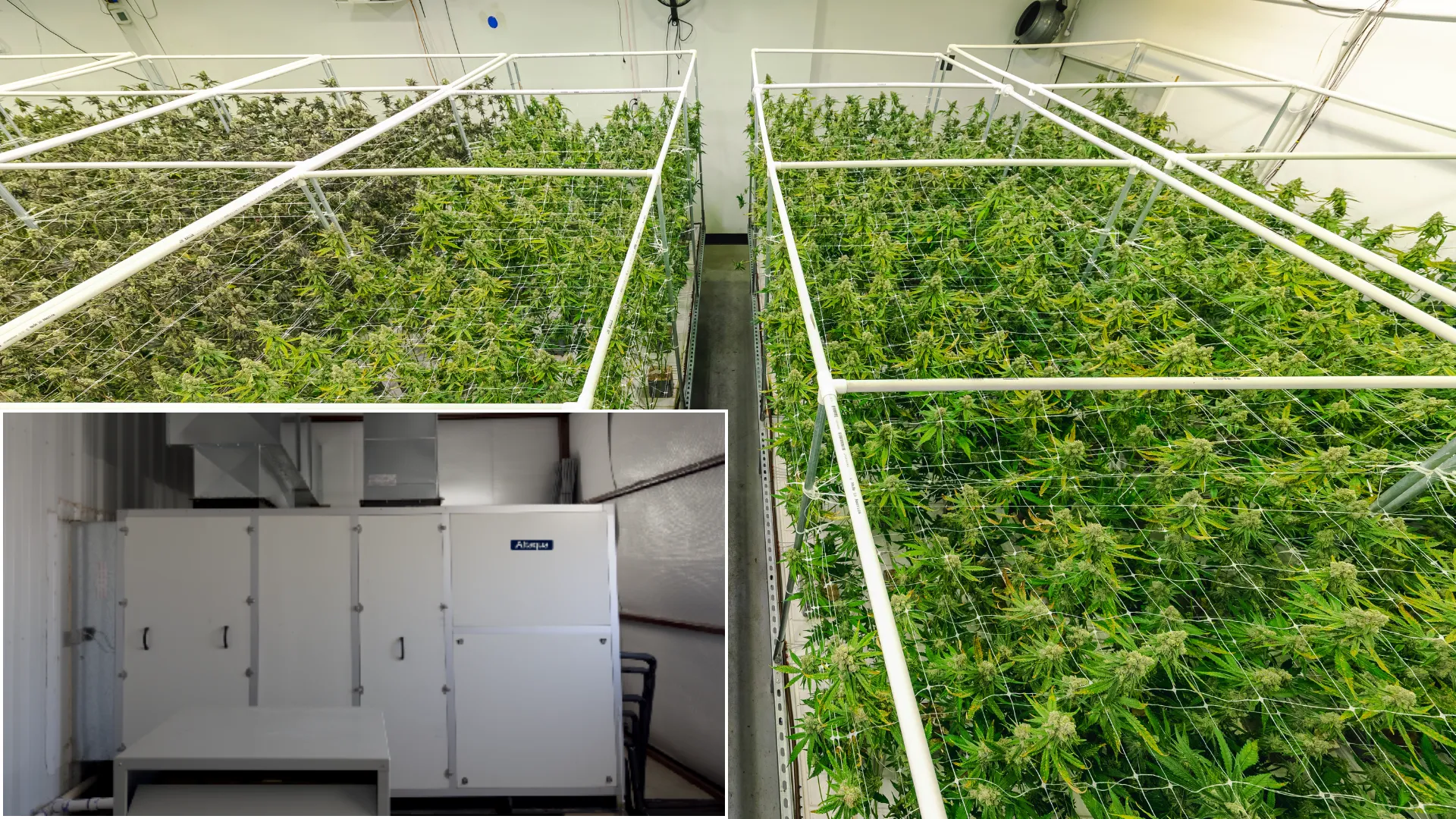
3. Can Your Grow Room HVAC Control Temperature and Humidity Throughout All Stages of Cannabis Growth?
Our energy efficient grow room HVAC is designed for commercial cannabis cultivation. It adapts to different growing methods. When you grow cannabis in a single room from seedling to harvest, the system adjusts temperature and humidity based on the requirements of each growth stage. It helps maintain the best conditions at all times. For divided rooms such as flower rooms, the system can independently control temperature and humidity in each area. This allows more precise management.
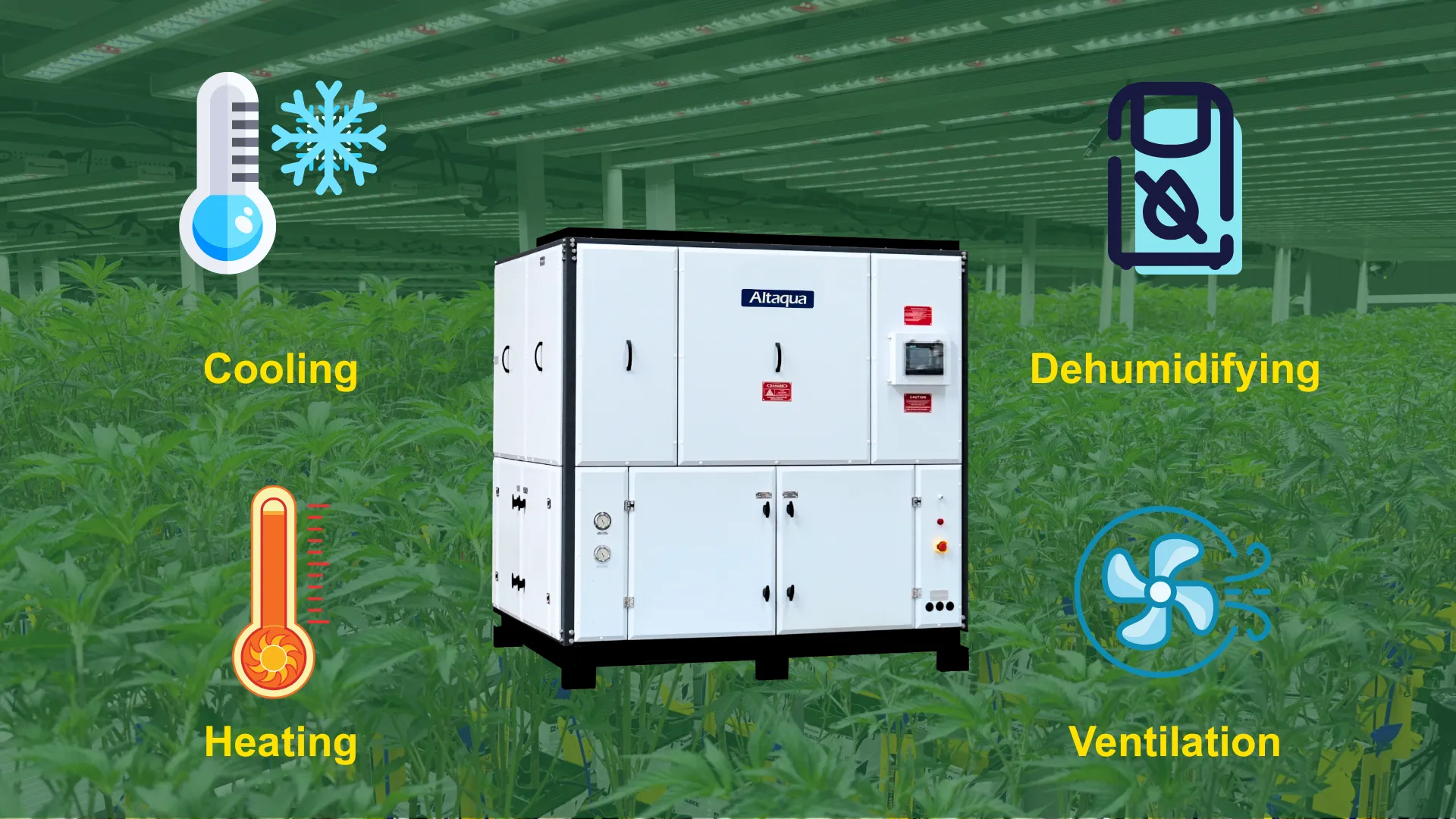
4. Can the System Dehumidify and Cool or Heat at the Same Time?
Our system combines dehumidification, cooling, heating, and ventilation in one unit. Unlike traditional systems, our energy efficient grow room HVAC prioritizes dehumidification. During the day, when heat load is high, the system removes moisture and cools the space at the same time. At night, when lights are off and cooling demand drops, the plants still release moisture. The system shifts to focus on dehumidification with moderate temperature control. This avoids large fluctuations in environmental conditions.
5. How Accurate Is the Temperature and Humidity Control?
Our system provides excellent precision in temperature and humidity control. Temperature fluctuations stay within ±0.5°C, and dew point accuracy is within ±1°C. It monitors the environment in real time and automatically adjusts its operation to keep conditions at your target levels.
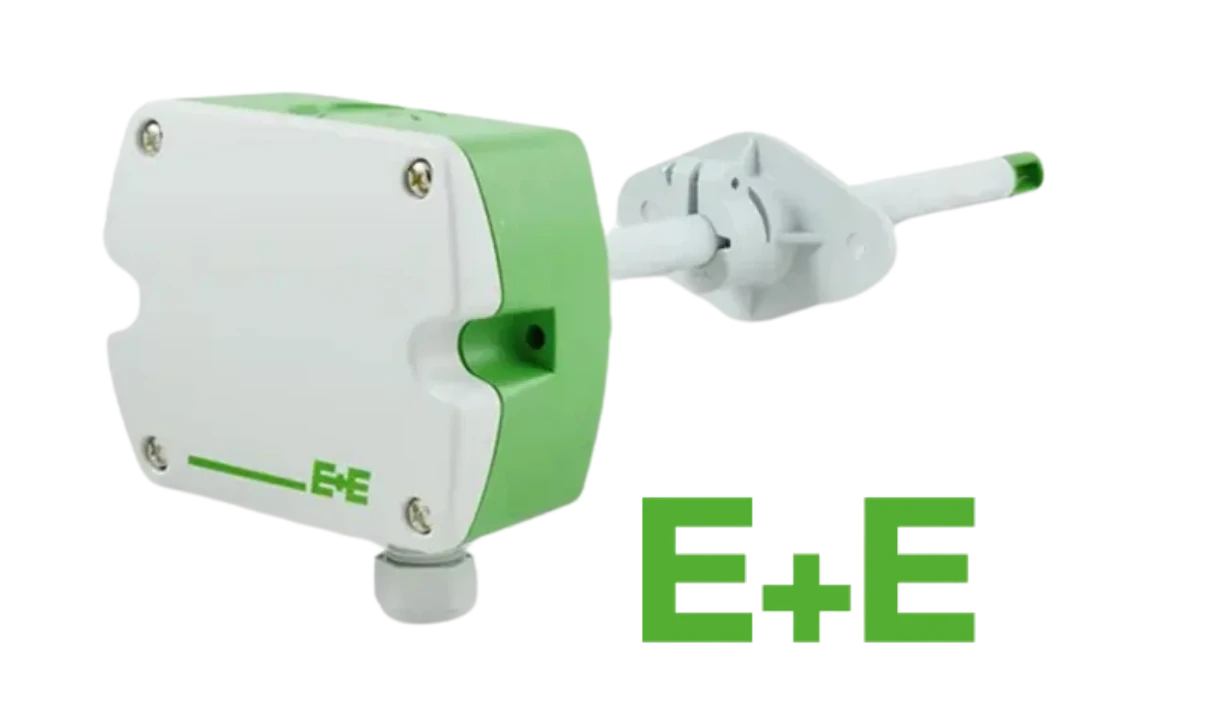
6. Is the Altaqua HVAC System High Quality?
We focus on building high-quality climate control systems for grow rooms. All core components use top international brands such as Siemens and Danfoss. We follow strict global quality standards. Each unit is fully tested before leaving the factory to ensure stable performance. The system uses a multi-circuit design. Even if one circuit fails, others can keep running. This ensures continuous operation and a stable environment. This high reliability is a key feature of our energy efficient grow room HVAC systems.
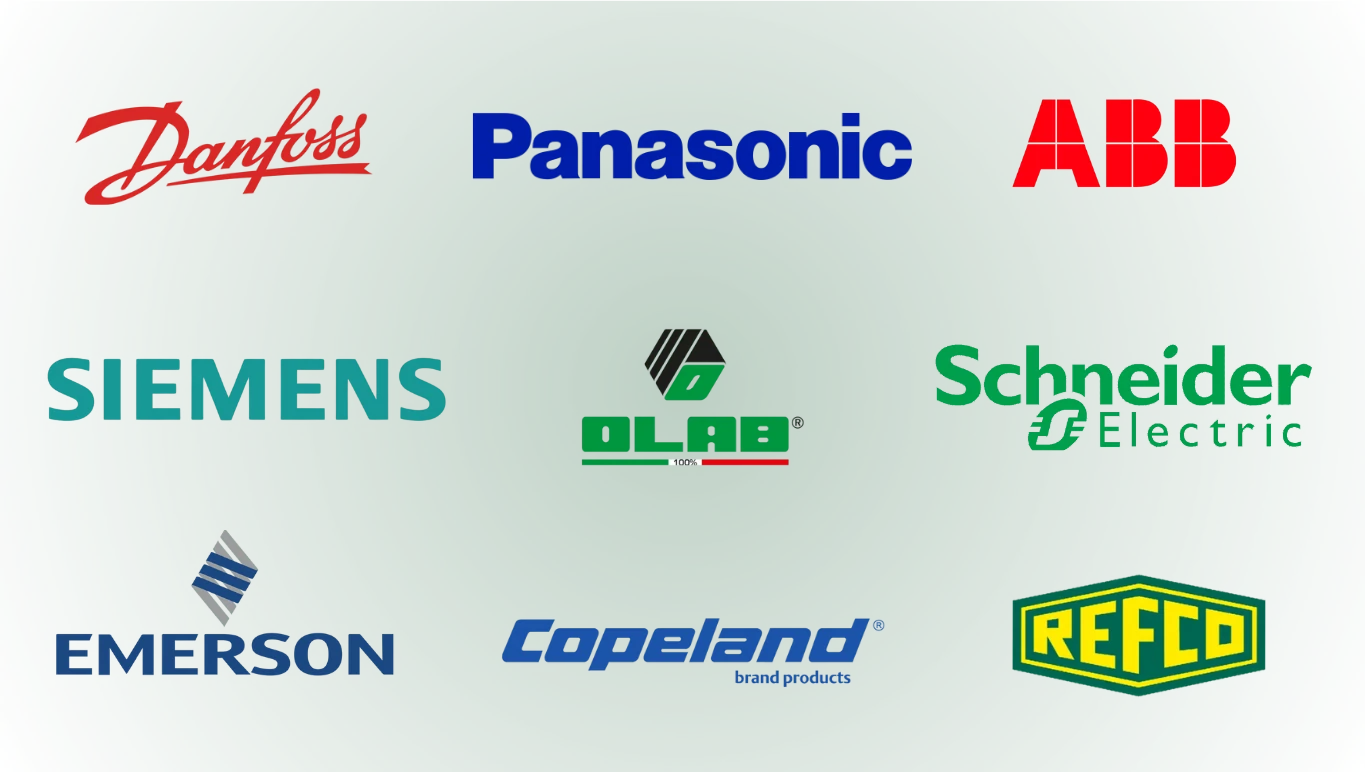
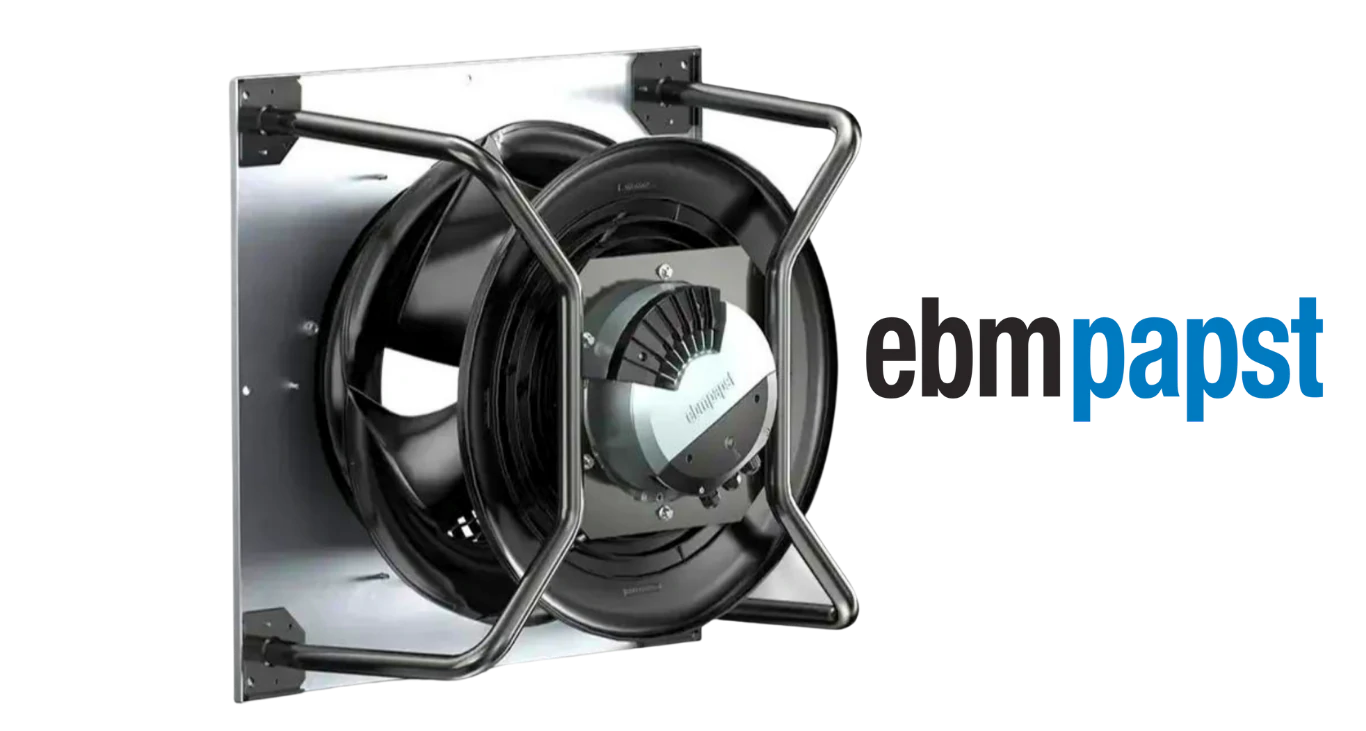
7. Is This Grow Room HVAC System Energy Efficient?
Our system uses GreenTech EC fans from EBM. These fans adjust airflow based on system pressure and return air temperature. Built-in pressure sensors fine-tune fan speed in real time. This keeps airflow in the best condition and reduces energy use.
The system also improves efficiency with built-in heat recovery. When the compressor runs, it produces heat. The system collects some of this heat with a reheat coil and uses it to warm the dehumidified air. Then it sends the air back into the grow room. This reduces energy use and lowers operating costs.
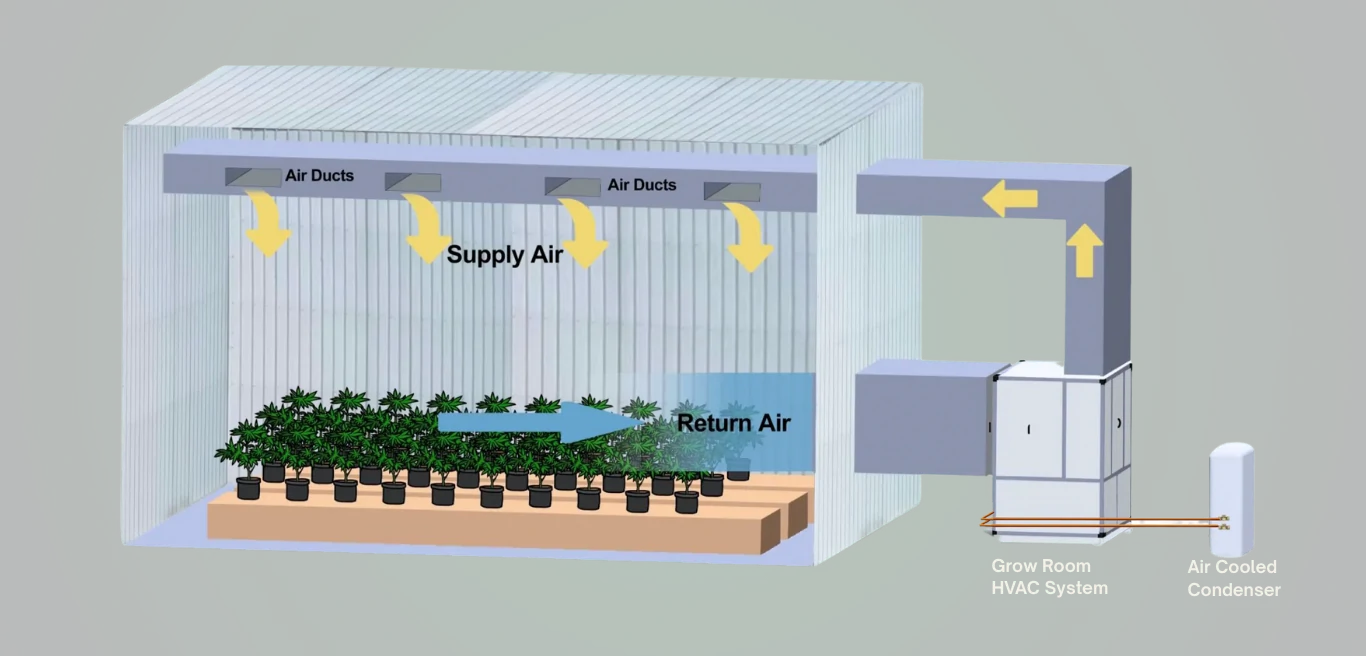
8. Is the Installation Complex?
Installing our energy efficient grow room HVAC system is simple. A regular HVAC technician can handle it. You just need to connect copper pipes between the indoor and outdoor units, then connect the power supply. After that, set your target parameters on the Siemens PLC panel and switch the system to automatic mode. The system adjusts its operation based on real-time environmental changes to maintain stable temperature and humidity.
We also provide full after-sales support to help you solve any problems during installation or operation. This helps you get the system running quickly and ensures stable performance throughout the grow cycle.
9. What Should I Do if the System Has a Problem?
We understand that even the best systems may encounter problems. That is why we have a strong support team ready to help. If something goes wrong, our team will respond quickly. We provide detailed technical documents and remote support. This helps you troubleshoot and restore the system as fast as possible. As experts in energy efficient grow room HVAC, we ensure not only stable climate control but also full technical support during the entire operation.
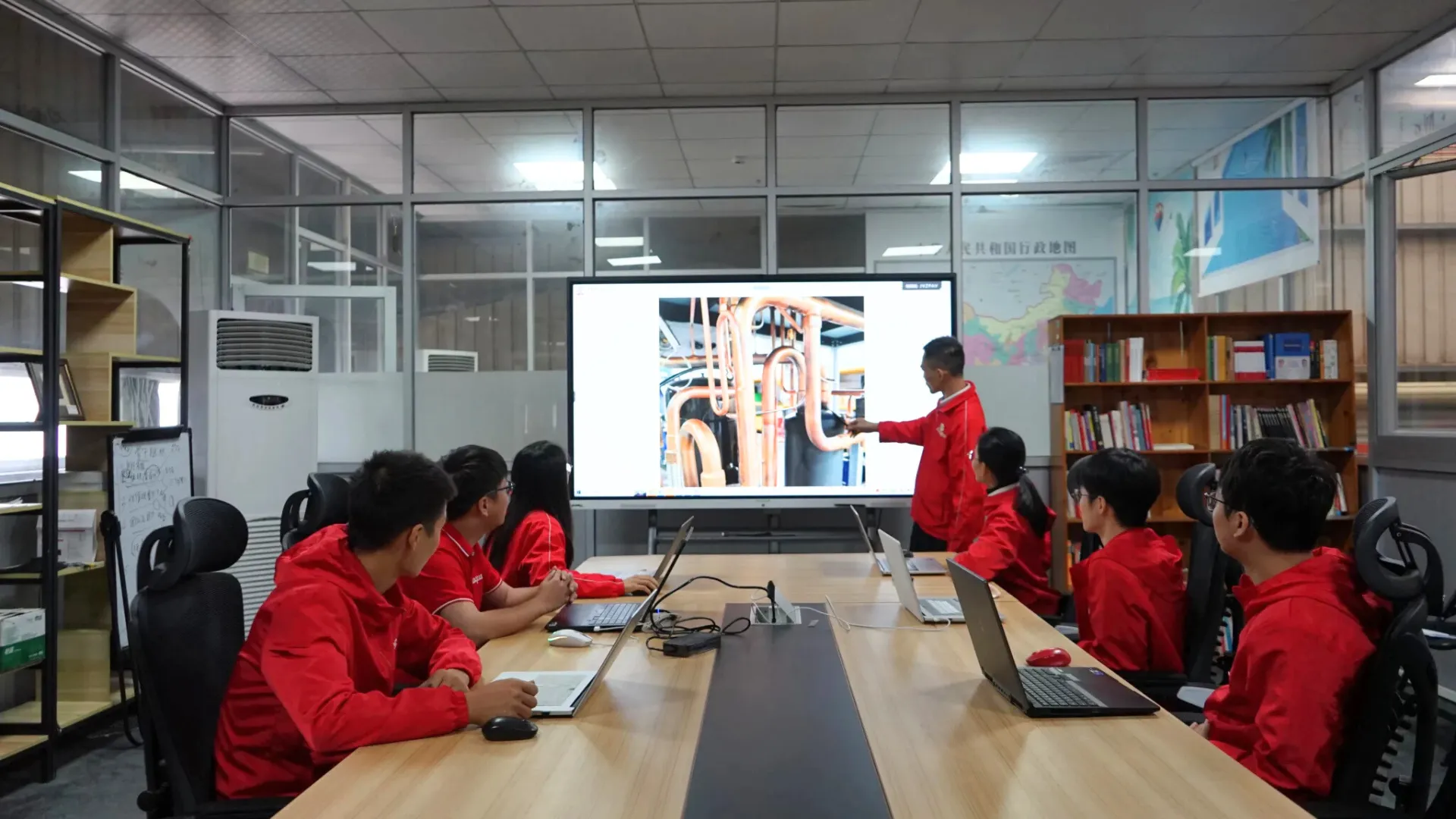
10. How Do I Choose the Right Temperature and Humidity Control System?
If you are unsure about which system to choose, just share some basic growing information with us. This includes grow room size, number and power of lights, watering rate and so on. Our technical team will use this data to calculate your cooling and dehumidification needs. Then we will recommend the most suitable energy efficient grow room HVAC system. We also offer customized solutions to help you achieve a stable, efficient environment and improve yield and quality.
